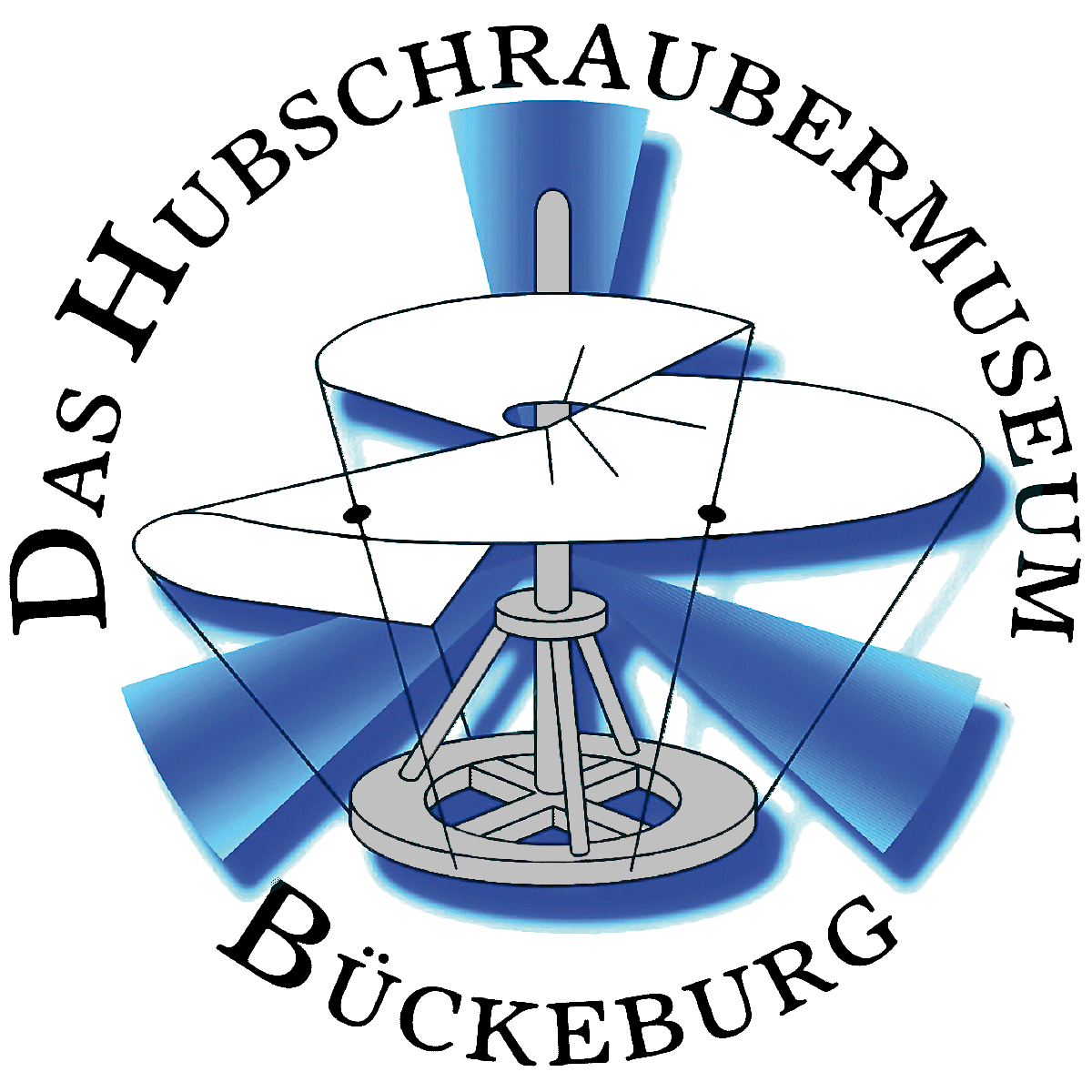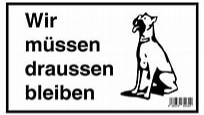Bristol 171 Mk.52 SYCAMORE-EN
Bristol 171 Mk.52 SYCAMORE
The Bristol Type 171 Sycamore was the first British-designed helicopter to fly and serve with the Royal Air Force. Created by the Bristol Aeroplane Company, it was used for search and rescue and anti-submarine warfare.
The name refers to the seeds of the Sycamore tree, Acer pseudoplatanus, which fall with a rotating motion.
Bristol set up its Helicopter Division after the Allied invasion of Europe in 1944, when engineers from the Airborne Forces Experimental Establishment at Beaulieu became available. The AFEE had been working on the development of helicopter designs under helicopter pioneer Raoul Hafner, but the success of Horsa and Hamilcar gliders during Operation Overlord led to helicopter development now being given a priority. Hafner was appointed by Bristol as head of this new helicopter division.
The design of the Sycamore commenced in June 1944, and extended over more than two years, with especial emphasis being given to the endurance of the mechanical components. The maiden flight took place on 27th July 1947, with the prototype VL958 powered by a 450 hp (340 kW) Pratt & Whitney Wasp Junior (there being no suitable engine in the Bristol range). The prototype Sycamore Mk.2 was completed in the summer of 1948, powered by a 550 hp 410 kW) Alvis Leonides; this became the standard engine for all subsequent Sycamore production.
Bristol’s key development pilots for the Type 171 included Charles “Sox” Hosegood and Col. Robert “Bob” Smith, both test pilots with Bristol.
Versions of the Sycamore up to and including the Mk.3A kept to the standard two-seat aircraft layout of having the pilot in the left-hand seat and co-pilot in the right. The main production, the Mk.4, switched to the American standard practice of having the pilot’s seat on the right. There were also a number of other developments from earlier versions, such as a four-door design, that were standardised for the Mk.4. This version entered RAF service as the HR14.
Civil versions did not use the name Sycamore, and were known simply as Bristol Type 171.
Text from Wikipedia, the free encyclopedia



